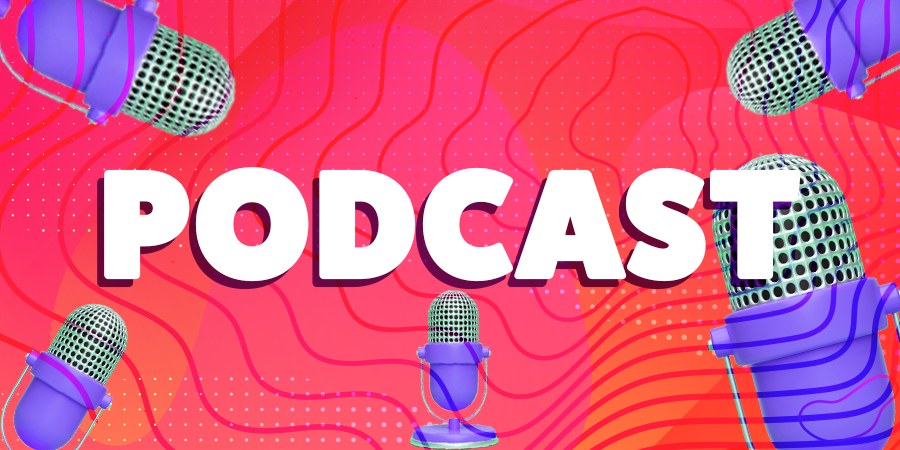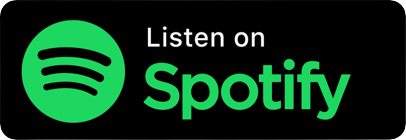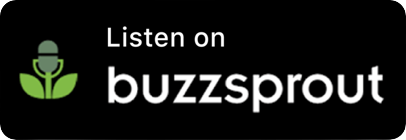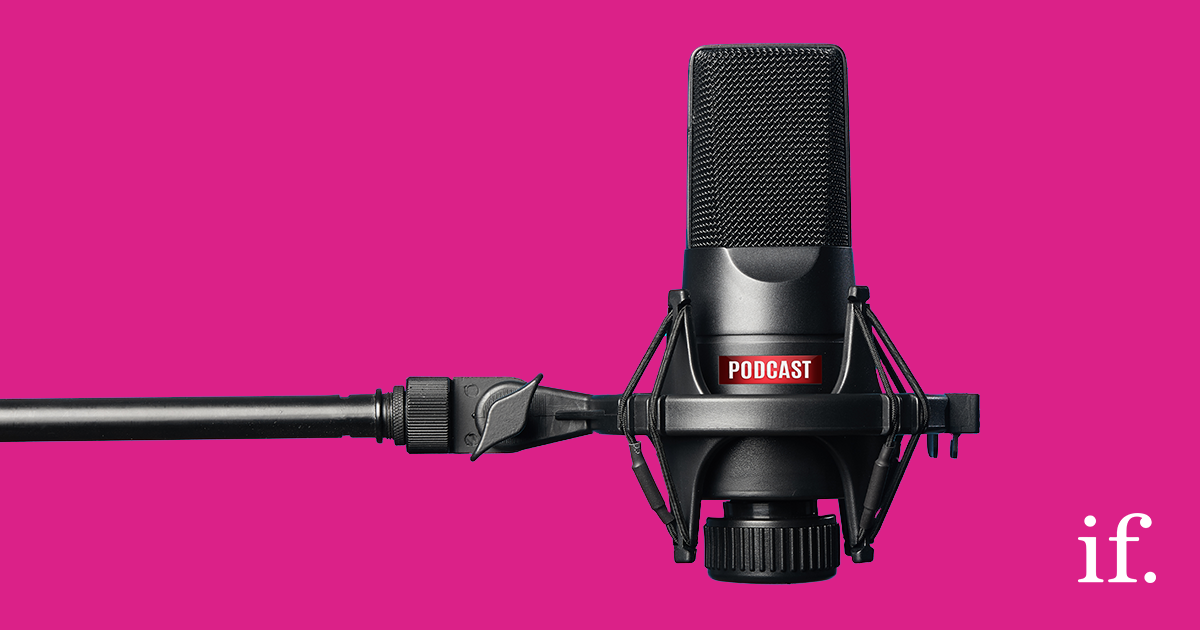Ep 10: Serious Social – Improving conversion
Now is the time to reevaluate how you are gaining social media conversions. Belle Lawrence shares how tips and strategies for how you can best use CTAs, motivation and emojis.
If you’re after more know-how to break the social boring, subscribe now.
Full Transcript
Welcome to the Serious Social podcast, created by the straight-talking social media experts at immediate future.
Belle –
Persuasion is the art of convincing someone that they should change their beliefs or do something that you suggest. As brands, we should be practising this as an art, not simply shouting at the audience to try and get a reaction. So, there are many ways that we can encourage a reaction, though. So, the biggest thing to remember is that you want to evoke curiosity in your brand or product, but first, know what will motivate your audience. Don’t fall into the use of clickbait-style posts or “you won’t believe what will happen next” – you get it. I’m going to split this into strategies that you can work on and then tactics that you can test and learn from.
So, the first strategy you should look to work on is understanding your audience.
There are loads of ways to do this – social listening, competitor audits, surveys etc, and it can take some time but it’s worth it because once you develop some personas you can define their motivations. For example, we’ve helped one of our FMCG clients understand that audience “a” – mums with children at primary school age – are motivated to buy their product to produce a lunch that’s not only quick and tasty but can be
filled with whatever their child prefers. Whereas audience “b” – the foodies – are interested in a high-quality product that they can use to make authentic recipes. Each motivation is different so the content that we produce and offer up to them must be different as well.
The second strategy to work on is to understand the path to conversion. With FMCG it’s fairly quick, it’s often a gut feel decision to go for product “a” or product “b”, whereas larger consumer goods or the b2b sector, rather, there are way more decisions to be made and it takes longer. Take travel, for example, so the path used to be straight forward way back in the day, pop to your local high street, chat to the lovely sales assistant in the travel agents, find a holiday that they recommend at the time that you want to go. But the challenges in travel right now notwithstanding, the process has been getting more and more fragmented over the last few years. Family or friends might recommend a destination to you, or you might be influenced by a TV program or a celebrity photo on Instagram, and you’ll be checking the flight details and the costs on the websites, and you’ll be making Hotel choices based on what you’ve read on TripAdvisor, so the process is really complex and really long. So travel brands need to be present during the whole journey – but encouraging that that next action for the user on the journey it may be as simple as tracking them from a blog about ski schools that they read on your website through to Facebook where you can serve them ads about the best ski resorts for families, for example. It’s about learning so those are a couple of strategies that you should really work on – understand the audience and the path to conversion.
Now let’s talk through a few tactics that you can test. So you now know your audience motivators, in general, but however well you define them, they’re not a homogenous blob of people, so they’ll still react differently to content depending on their own unique outlook at the time that they see that content. There are four elements that I’ve got to take you [through], firstly, language and writing, including emojis. Secondly, visual identity – create thumb-stopping content and be considerate of colours that you’re using.
Third is customer reviews and social proof, and fourth, call-to-action – surprisingly, sometimes you have to ask the user to do the thing that you want them to do!
Okay, so first, your post. Start by just writing the copy you want to get across. Use your own tone of voice, make it as long as you want, just go for it, get it down and then refine it. You want to make sure that the audience is higher on the pecking order of importance than the brand is, don’t use overcomplicated jargony words, and consider whether you’re going to use emojis – so emojis in a tweet can increase engagement by 25% and emojis on Facebook posts can increase likes by 57% – so don’t underestimate them, but they have to be right for the brand.
Your visual, then, is as important, if not more important than the text. Resist the urge to stick any old wallpaper stock image on there, it really does make a difference, it does matter, and one of the things that you might have noticed if you’re on Instagram quite a lot is that some Instagrammers stick with a single filter for all of their images, and brands can use their brand colours, in the same way, to ’tilt’ their content so it -feels- like the brand it’s recognisable every time we see it. Humans respond to colours quite instinctively – as consumers we respond to a bright red with a sense of urgency and excitement, so that’s why it’s used in clearance ads and sale ads. Blues represent communication, and in particular dark blue evokes a sense of security and trust. If you go and take a look at some of the colours that banks use, for example, you’ll spot that blue and you’ll start to recognise when they’re trying to convey that trust. Pinks and paler colours convey freshness and newness, so brands are often using that when they are relaunching or looking to put out a new product, or just to attract trendsetters. Greens are also great for freshness, especially with food, of course, and these days I think we all recognise that green represents eco-credentials as well. To be thumb-stopping you need to think about colours, but you also need to stand out from the crowd – you need to surprise and delight people as they come into the feed because if you catch the attention you’re one step closer to getting the engagement that you need on your post.
On to the third tactic – online reviews influence the purchase decisions for over 90% of consumers… over 90% just let that sink in for a minute – as businesses pivot to offer better e-commerce these days, and we’re all shopping more online, those reviews are super important. Create some content that heroes the consumer who shared their review, thank them for it, tag them if you can, it’ll increase your reach and it will encourage more people to share as well. You might not be a consumer goods business, so you may not have reviews in that sort of way, but you can consider sharing creative that heroes your popular content. So, a LinkedIn article with a high number of shares, perhaps, links [to] your testimonials page or parts of your case studies that will then help you reach a wider social audience – all of these are going to be proof for the audience that you are reliable and trustworthy, and that makes a huge difference.
Social proof is slightly different – when we’re prospecting for new audiences for example, we might be building a new Twitter feed, or running some paid to a new cold target demographic, using existing social feed content that’s already been successful is a really quick win. So, if one of your hero videos is gained a really high reach and several positive comments, re-share that post, use it in your creative somehow, the engagement on it already will encourage further engagement.
Then last but by no means least, call to action. I remember several years ago, a colleague asked me why a client wasn’t responding to his emails, mystified as to why the quotes are being sent and then expiring past the newspaper deadline – yes that was in a past life, back to the early days of lineage – if you remember what that is, tweet me, I’d love to hear from you! – and when I reviewed his emails it became clear, at no point had he asked the client to respond… he had a friendly intro, the quote and then kind regards, but it never said “please let me know by 2:00 p.m. on Tuesday”, for example. When we added that, we did find that conversions increased!
So, the lesson is – sometimes your audience will need a prompt, and it needs to be the right prompt.
For organic posts, in most cases you’ll need to add the CTA in a text format rather than a button, and classic type that you can use is “do this because of this” – for example, “sign up to our emails will give you 10% off your first order” – it’s a clear value- exchange, they know what they’re gonna get from it. Add a link and away you go, fairly simple. I also really like the “you’ve got nothing to lose” approach, so if you’re prospecting for new customers you don’t have to sell them something immediately, you can build your user base, let them know that if they like this post that they’re reading, let’s say it’s a thought-leadership interview, then they can visit your LinkedIn company page, follow you to get more. Another softer CTA that you could use is “we know about this stuff” – so, let’s say you’ve launched a new piece of tech, if you understand your customer you can help them -so, create a quiz to see which model’s going to be right for them, run a poll or an ‘ask us anything’ session to drive engagement and trust in the brand. To be a bit stronger, you could try “here’s what you’ll get” – so really explain exactly what comes in that recipe kit, or that subscription box, show it in the visuals, demonstrate clearly what you’re providing and it’s much easier for the consumer to buy into that. You can also build in urgency and emotion, so, “time is running out, be bold” CTAs and, obviously, don’t try to fool your audience by constantly using “today is the last day” for ongoing campaigns, oh just don’t be too frequent with that, because you’re really crying wolf with it. You can also look to add words with a bit more personality
and emotion in them, you know, using kind of tongue-in-cheek “join the revolution” might really match well with the audience’s ambition and help to win them over and that goes back to understanding what motivates them in the first place.
When it comes to paid, the simplest advice that I can give you is to make sure that the CTA that you choose, usually a button for paid, matches the goal of the campaign, and the objective of the message. For example, if you’re running a traffic campaign to drive into your website, looking for someone to actually buy, to complete a purchase and your copy says “now £19.99 with free delivery”, you don’t want to be using ‘learn more’ on that, you need to go for the ‘shop now’ – it’s got to make sense to that customer going on that journey. If you’re building a target list, an email list and you want people to sign up, use ‘sign up’ but, remember you can’t always expect that conversion from a single post, you might have to build up to it. It’s important you use action words, they are really specific and motivating so – ‘shop’, ‘sign up’, ‘discover’, ‘try’, ‘watch’, they tend to be positive as well. Most humans will respond better to “sign up now to expand your horizons” compared to “if you don’t sign up, you’ll never get any better at your job” or “if you don’t buy this cleaning product, you’re a slob” – no-one wants to hear that! It’s logical if you think about it, don’t shame your audience, you want to build them up, make them feel good about engaging with you.
So, to recap, firstly get your strategies in place. Spend that time to understand your audience, to understand what is going to motivate them, and then the path to conversion. Then test out various tactics in your text, in your visuals and in your call-to-action to encourage that conversion. Learn from which audiences respond better to which tactics that you’re employing, and then you can continue to build, improving conversion each time.
If you’re after more know-how to break the social boring, subscribe now and check out the show notes for links to our website and social profiles.




